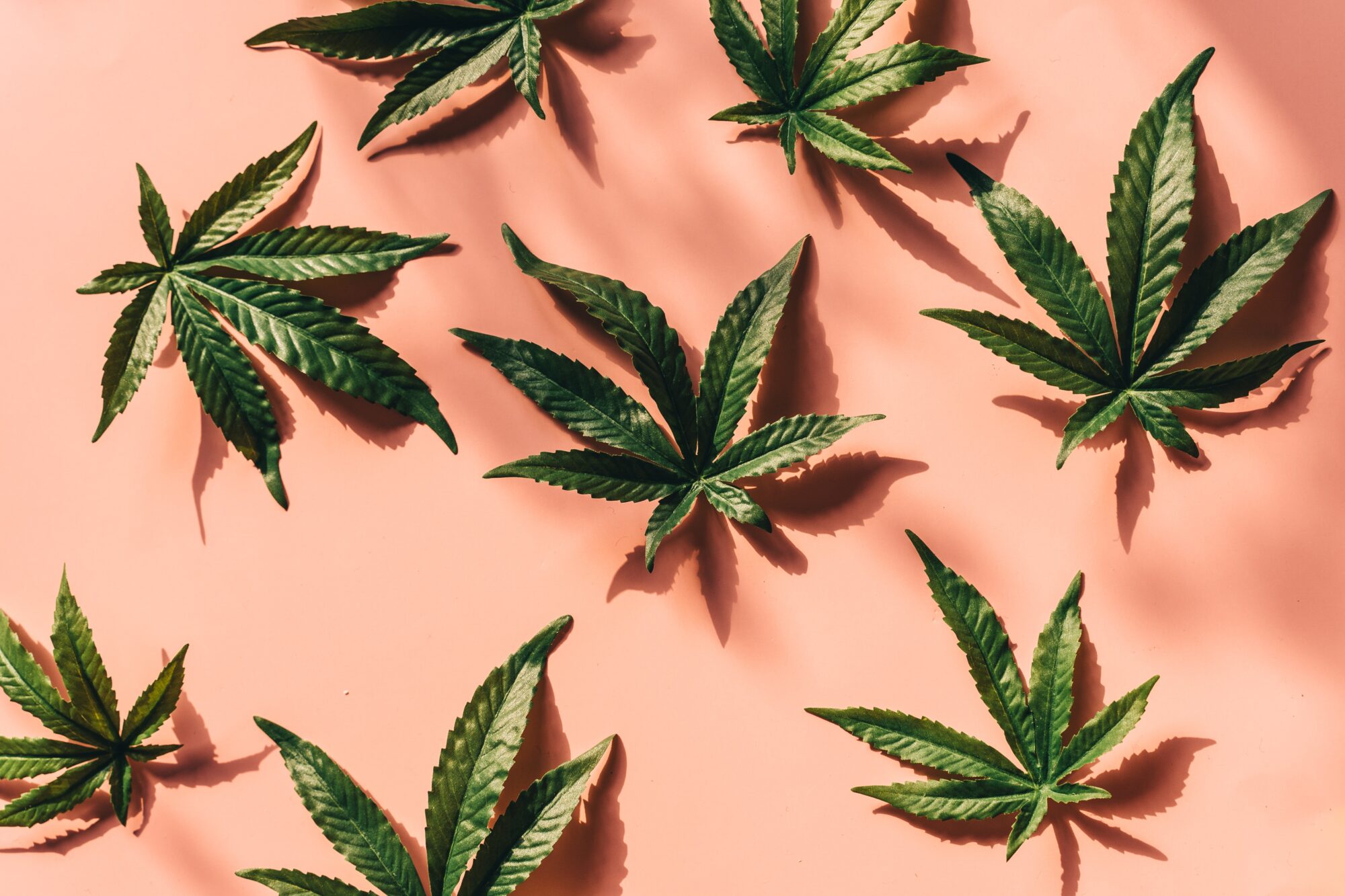
The Zoroastrians
During most of its history, cannabis was not a party girl, with very low THC levels. At some point, possibly with human assistance, some strains of C. sativa started to develop higher THC levels. By around 2500 years ago, the Zoroastrians were using THC-moderate strains of C. sativa in religious rituals. The Zoroastrian religious texts contain passages talking about the profound, godly effects of cannabis. The Zoroastrian religion was widespread in the Middle East, western Asia, and India, and was the world’s first organized religion. It is the major source of the mythology used to form the Abrahamic religions (Judaism, Christianity, and Islam).

Humans Invent Cannabis Edibles
Hemp continued to be widely grown for fiber, seeds, and oil throughout Asia. Some people were also growing potent cannabis plants with a fairly high THC content, and these plants and the hashish derived from them were transported along the Silk Road from China to the rest of the world. Hashish was the world’s first cannabis edible. It proved to be very popular and was transported as far north as Siberia and all the way to the southern tip of Africa and the western shores of Europe.

Cannabis: Made in America
The Spanish transported cannabis to the Americas in 1545, and hemp plantations sprang up in Chile. In the 1600s, the European settlers in eastern North America grew hemp as one of their major crops. Cannabis was widely used in the US as a medicinal herb and for recreation from the 1600s until the late 1800s.
Medicine or Poison?
In the US in the late 1800s and early 1900s, the government was struggling to regulate the sale of “medicines,” many of which contained toxic substances and were killing quite a few people. Laws regulating the sale of cannabis sprang up in most parts of the US; some required it to be prescribed by a physician, and others just required that all products containing cannabis be clearly labeled as such under the watchful eye of the newly formed FDA.
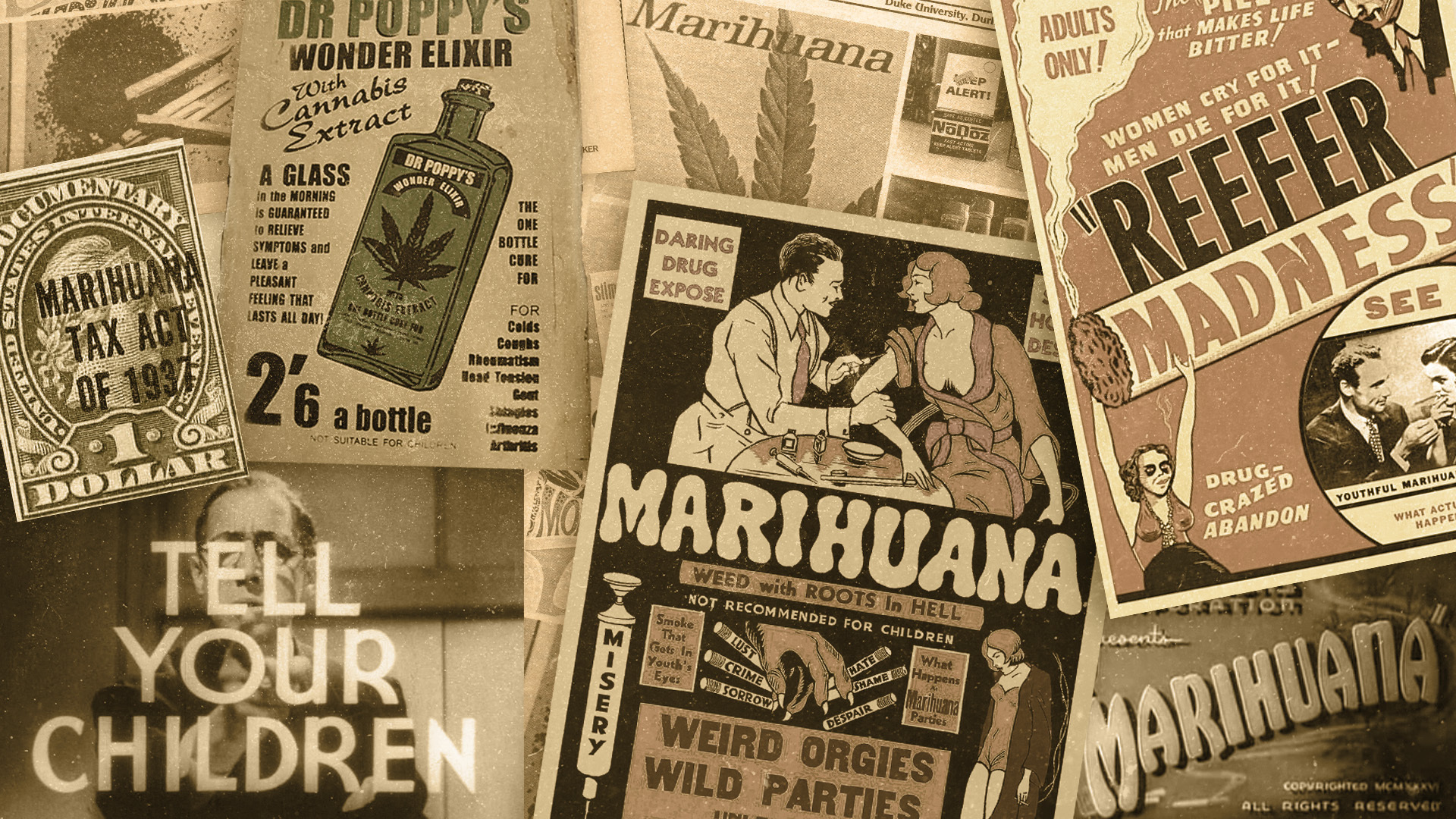
Prohibition
In the late 1800s, many countries worldwide tried to ban the use of cannabis for recreational purposes as part of a cultural trend to ban all mind-altering, recreational drugs, the same trend that led to alcohol being banned in the US in 1920. For cannabis, the trend culminated in the 1925 International Opium Convention that banned the export of hashish and other hemp products that contained THC, which they called “Indian Hemp,” to countries that had banned recreational cannabis. This law did not ban the export of hemp fibers.
The Marihuana Tax Act
In 1937, the US imposed a federal tax (the Marihuana Tax Act) on both hemp and psychoactive cannabis. The rationale is unclear; the intent may have been to destroy the hemp fiber industry to promote artificial fibers such as nylon. The tax, which was applied across the board on growers, processors, manufacturers, pharmacies, doctors, and end users, had the net effect of making hemp and cannabis unobtainable. At the same time, many news outlets started reporting stories on the theme of “reefer madness,” namely that cannabis caused people to go crazy.
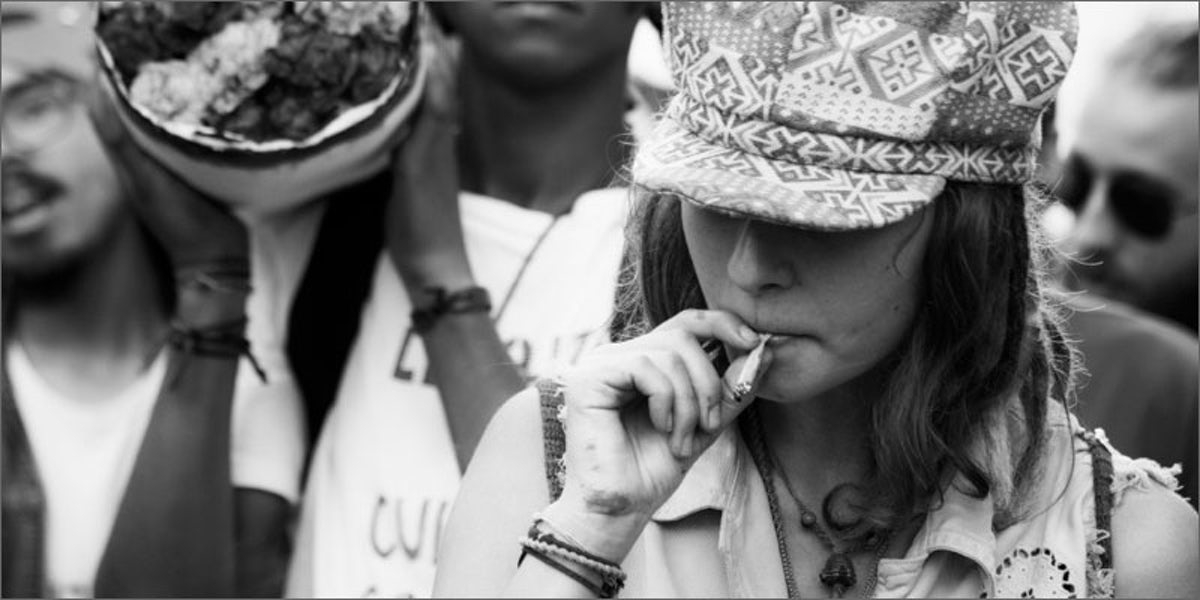
A Lot of People Went to Prison
Policing of cannabis kept increasing in intensity over the coming decades despite people refusing to stop using cannabis. A lot of people were sentenced to mandatory lengthy prison sentences just for possessing a tiny amount of cannabis. In 1969, the Marihuana Tax Act was repealed and replaced with the Controlled Substances Act, which prohibited the use of cannabis for any purpose. It also repealed mandatory prison sentences for possessing cannabis, but a lot of people continued to be sent to prison for using cannabis. The DEA was created in 1973, and then even more people went to prison. In 1986, mandatory prison sentences for cannabis possession were re-introduced, and a lot more people went to prison.
The Netherlands Embraces Reefer Madness
Somewhat concurrently, decriminalization of the use of cannabis as a drug started in The Netherlands in 1972, when the Dutch government decided it was a harmless drug. This trend slowly spread around the world, including in some states in the US. In 1998, California legalized cannabis for medical uses in defiance of the federal policy. Increasing numbers of states have legalized cannabis for both medical and recreational uses since then.
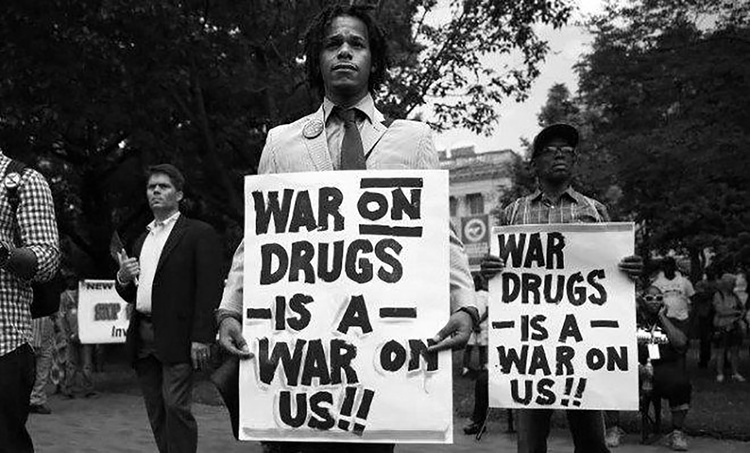
The War on Drugs
In recent decades, “The War on Drugs” has been a powerful mechanism of mass incarceration and racial oppression in America. A report from the ACLU analyzed the intersection of marijuana arrests and race from 2010-2018. They found that despite increased marijuana reform across the nation, Black people were still 3.6 times more likely to be arrested for possession than white people, despite very similar rates of consumption. While states that have passed decriminalization reforms have lower total marijuana arrest rates than states where marijuana is illegal, racial disparities continue to persist in every state. In fact, since 2010, racial disparities in marijuana arrests have increased in 31 states. In West Virginia, Iowa, Montana, Kentucky, and Illinois, Black people are over seven times more likely than white people to be arrested for marijuana offenses. These racial disparities are bolstered by dramatically uneven actions by law enforcement. Without substantial police reform, as well as reforms to tackle the ongoing fallout of the War on Drugs—resentencing and expungement, access to the legal marijuana industry, and robust data collection requirements—marijuana legalization will not mitigate these racial disparities.
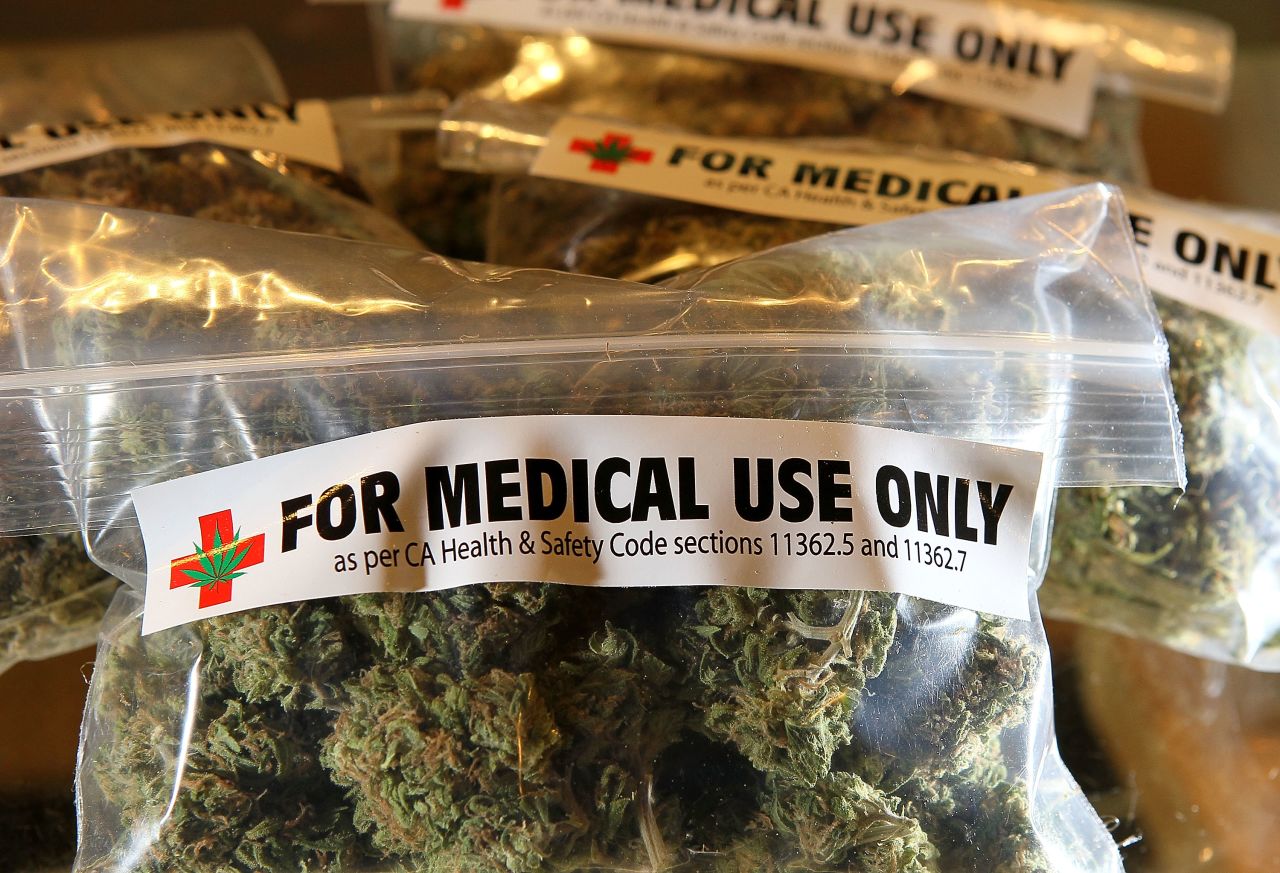
Current Medical Use Status
Marijuana is currently legal for medical use in most states, although the laws about how and when a person can access it vary widely from state to state. Most but not all states require a doctor’s recommendation for the medical use of marijuana, and it can only be obtained from certain designated dispensaries. It is still fully illegal for all uses in Idaho, Wyoming, Kansas, and South Carolina. Only CBD oil is legal in Iowa, Kentucky, Wisconsin, Indiana, Tennessee, and Georgia.
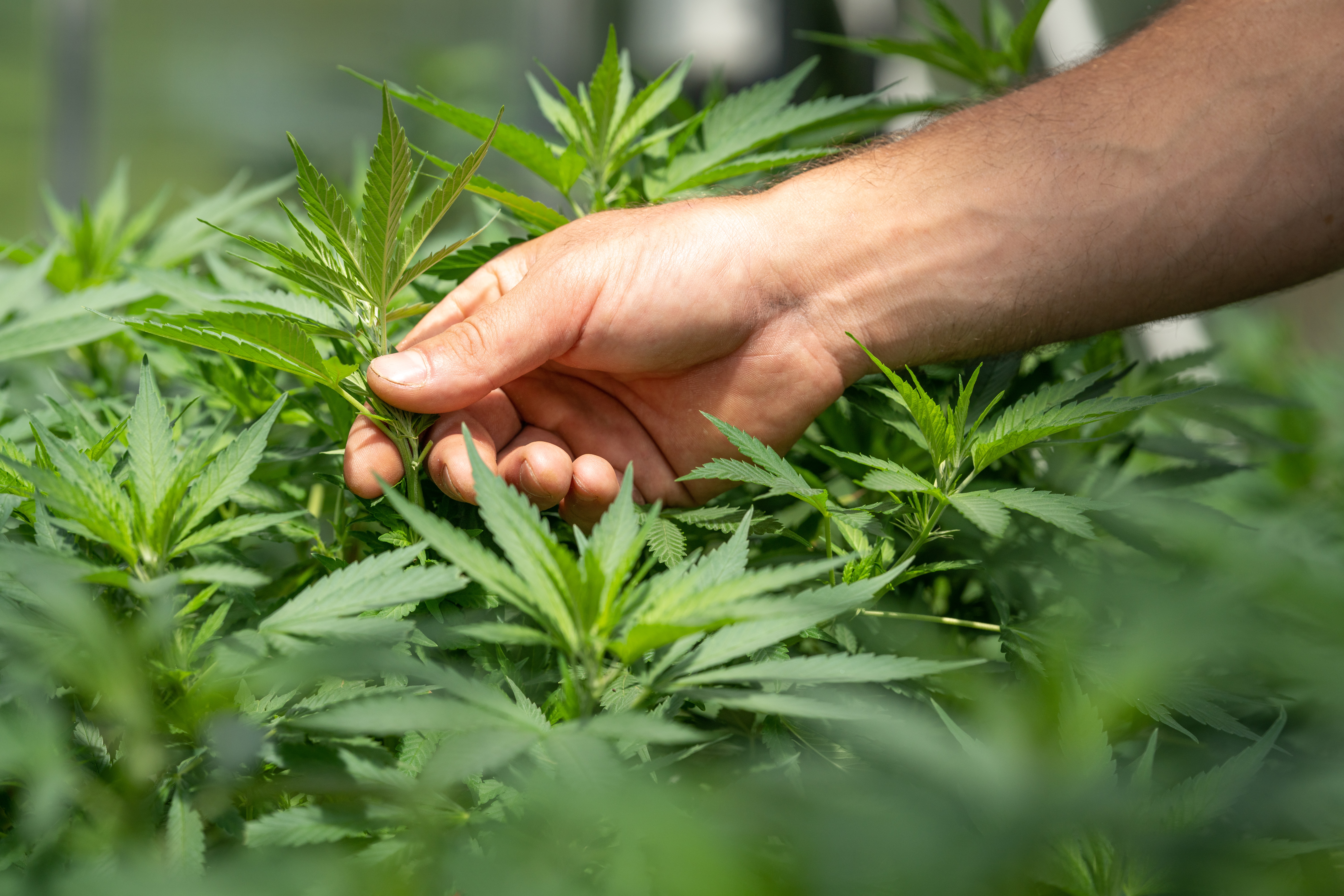
Recreational Use & Legalization
The trend toward full legalization seems unstoppable, but it’s not without bumps in the road. As of March 2023, 19 US states and Washington, DC, have legalized both the medical and recreational use of marijuana. Those states are Alaska, Arizona, California, Colorado, Connecticut, Illinois, Maine, Massachusetts, Michigan, Montana, Nevada, New Jersey, New Mexico, New York, Oregon, Rhode Island, Vermont, Virginia, and Washington. States where recreational marijuana is illegal, are North Carolina, South Carolina, Nebraska, Kansas, Wyoming, and Idaho. Note, however, the laws vary by state. For example, in Colorado, persons 21 and older can possess up to 2 ounces and they cannot use it in public. Employers may also test employees for marijuana use and can consider a positive test when making decisions about continuing their employment. In Maine, persons 21 and older can possess up to 2.5 ounces or 5 ounces of concentrate and grow cannabis plants for personal use. With the legalization of hemp-derived thc edibles and beverages in summer of 2023, Minnesota is on the cusp of full legalization. The laws are in flux and everyone should be fully aware of the current laws in their local area or any area they plan to visit.

